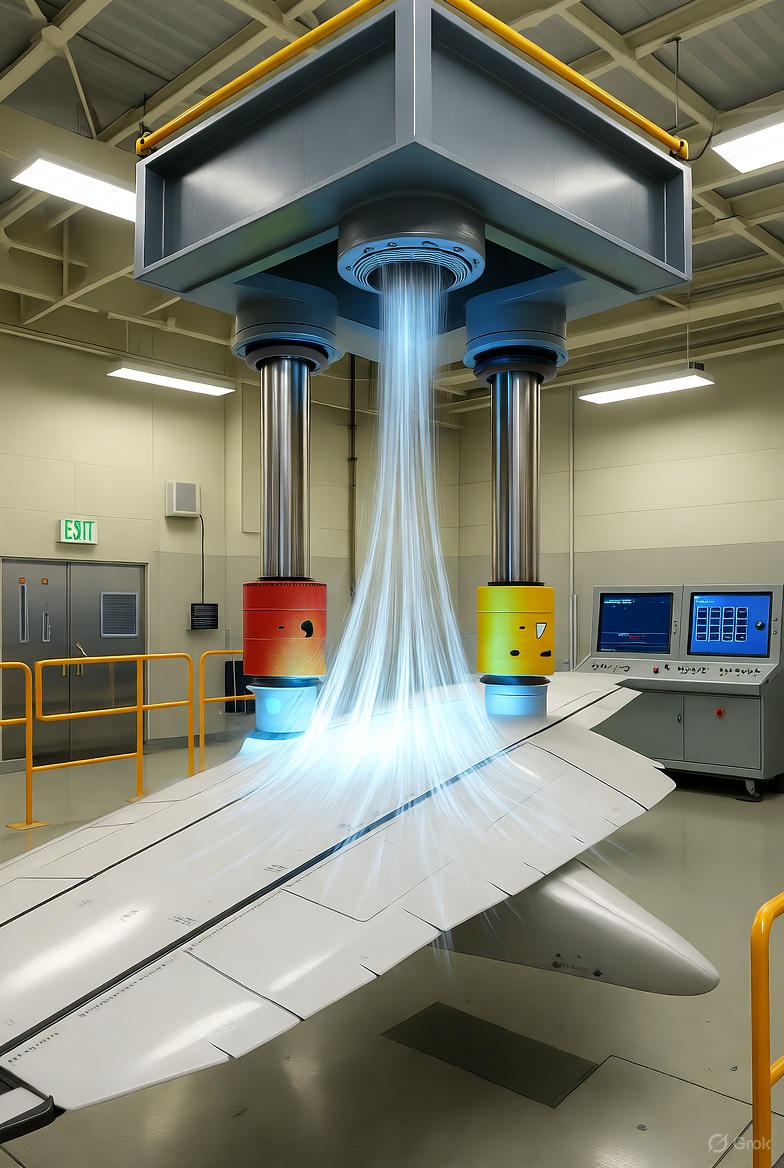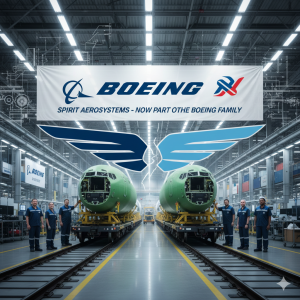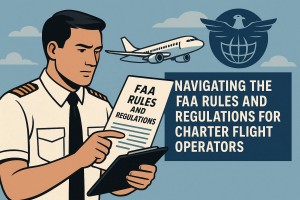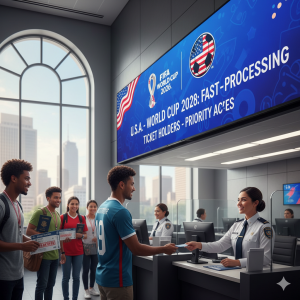𝗛𝗼𝘄 𝗕𝗼𝗲𝗶𝗻𝗴 𝗧𝗲𝘀𝘁𝘀 𝗔𝗶𝗿𝗰𝗿𝗮𝗳𝘁 𝗗𝘂𝗿𝗮𝗯𝗶𝗹𝗶𝘁𝘆
28/10/2025 | News

Inside Boeing’s massive testing facilities in Seattle and Everett, the world’s largest passenger jets become "lab rats" for structural fatigue testing.
Fatigue testing is one of the most critical steps to ensure jet aircraft can withstand harsh operational conditions throughout their service life.
To evaluate this, the airframe is secured to an enormous rig that simulates the motions of thousands of flights, subjecting the aircraft to the stresses of takeoff, landing, and turbulence—allowing engineers to observe how the structure ages and responds over time.
Fatigue testing is one of the most critical steps to ensure jet aircraft can withstand harsh operational conditions throughout their service life.
To evaluate this, the airframe is secured to an enormous rig that simulates the motions of thousands of flights, subjecting the aircraft to the stresses of takeoff, landing, and turbulence—allowing engineers to observe how the structure ages and responds over time.
Hydraulic actuators lift the wings to extreme heights, compressors replicate cabin pressure cycles, and sensors detect the tiniest cracks before they’re visible to the human eye.
Fatigue testing enables engineers to determine whether a component can endure decades of real-world stress. By repeatedly cycling through simulated takeoffs, landings, and turbulence, they monitor how metals, composites, and other materials gradually lose stiffness, develop micro-cracks, or fracture.
The resulting data not only identifies weak points but also refines designs, predicts maintenance intervals, and ensures the aircraft structure meets stringent safety standards.
In the 1950s, the Boeing 707 became the company’s first fully pressurized passenger jet. To prove its flight safety, Boeing built a semi-cylindrical pressure test rig using large curved panels.
These panels were cut and drilled to study how cracks propagate under pressure. Refinements in shell thickness, tear straps, and slip-resistant reinforcements resulted in a lighter yet highly damage-tolerant airframe.
Later, full-airframe fatigue testing revealed multi-site damage (MSD)—tiny cracks forming around rivets and joints that could link up. Boeing addressed this through design improvements across the 707, 727, 747, 757, and 767 programs. By the 2000s, with the 787 Dreamliner, Boeing’s fatigue rigs were advanced enough to simulate up to three full service lifetimes.
The U.S. Federal Aviation Administration (FAA) mandates that manufacturers prove an aircraft can operate throughout its design life without catastrophic failure. Thus, Boeing conducts large-scale fatigue testing on dedicated test airframes.
Boeing’s systems lab can simulate 45 years of flight in just 5 weeks, enabling engineers to virtually "age" the aircraft and predict how software, fuel systems, and controls respond after decades of wear under diverse weather conditions.
Meanwhile, scaled-down models equipped with sensors are tested in wind tunnels to gather aerodynamic data before full-size wings are built.
During fatigue testing, the airframe is bolted to a massive steel rig housing hydraulic pistons that pull, push, and twist the wings, fuselage, and tail. For example, Boeing conducted one of the most punishing commercial aircraft tests on the 787 from 2010 to 2015.
Mounted on a rig weighing over 544,000 kg, the prototype 787’s wings, fuselage, and tail were jerked, twisted, and compressed thousands of times by hydraulic jacks—simulating 165,000 flight cycles, or about 3.75 times the aircraft’s design life.
Every second, sensors recorded thousands of data points as engineers monitored cracks, delamination, and structural fatigue.
For aircraft manufacturers like Boeing, test results directly influence material selection, long-term inspection planning, and average service life projections—ultimately predicting and preventing risks to ensure safer, longer-lasting aircraft.
From the first 707 prototype test in 1955 to today’s passenger jets, structural fatigue testing has come a long way. Instead of reacting after cracks appear, engineers can now predict failures in advance using data analytics and smart materials.
#Boeing #AircraftTesting #FatigueTesting #787Dreamliner #AviationEngineering #Aerospace #FAA #Seattle #Everett #AviationSafety #StructuralIntegrity #Dreamliner #JetEngineering #AviationTech #Boeing787
Older articles
Boeing and Airbus Officially Carve Up Spirit AeroSystems in...
A New Manufacturing Order Begins: Why the Industry Titans Are Ending the...
Navigating the FAA Rules and Regulations for Charter Flight...
Operating a charter flight service in the United States is a dynamic and...
U.S. Implements Fast-Track Visa Processing for World Cup...
The U.S. government has announced a new fast-track priority visa processing...



